Maximise PR Coverage for your Travel Business
As an award-winning Travel PR Agency in London, knowing how to maximise the opportunity for press coverage for each of our clients is crucial.

A significant sector, the market size, (measured by revenue) of the Travel Agencies industry is estimated as £22.3 billion in 2022.
And it’s a growing space, with the market size of the Travel Agencies industry expected to increase 111.5% in 2022.
As a competitive space, it’s important that your communications strategy does something different to cut through the noise, within such a competitive category.
At Palm, we treat every single travel PR campaign differently, based on our client’s unique business objectives, company values and brand positioning.
Here’s how we do it:
1. KNOW YOUR AUDIENCE.
To generate the right media coverage for a client’s business, we need to create a crystal-clear picture of the demographics we are targeting. Not just the Audience Segments (Consumer vs Business Traveller vs MICE etc) but also the typologies (eg: Friends vs Couples vs Solo Travellers vs Families).
It is not enough to simply label these demographics, we have to truly get under their skin, understanding the publications they read, the social influencers they follow, the brands they buy and the newsletters they subscribe to.
The press coverage needs to land in their space, aligning with their own ‘brand’ and reassuring them of the relevance and desirability of the company.
2. UNDERSTAND YOUR LANDSCAPE.
Relevant consumer behaviour insights and lifestyle trends across the travel that will impact the company’s target audience and inform the travel PR campaign approach.
At Palm, we advise our clients not just to react to trends but to drive the media agenda and become thought leaders, spearheading new insights and research that can make the company an industry innovator – noticed by trade and consumer media alike.
If your company has a strong spokesperson or a passionate Founder, this is a brilliant tool to help drive opinion, comment, expertise – and ultimately column inches.
3. BE BOLD.
Unlike other travel PR agencies, which may steer their clients to always ‘play safe’, there can be a huge value in being bold. Once you have a clarity on your brand purpose and values, it’s important to commit to them. This is the mindset of a true disruptor and can include:
a. Being Ideas Led, Not Consumer Led.
Disruptor brands have a strong sense of who they are and what they stand for. Palm client Seven Travel (www. Seventravel.co.uk) extolls the virtues of “slow travel” – travelling less, travelling better. This seems like a strange positioning for a travel company, but their ultimate purpose is to drive sustainability and provide an antidote to eco unfriendly “fast travel”. Their deeper, more considered bucket-list trips allow consumers to travel in a more purposeful and mindful way.
b. Talking Peer to Peer.
When acting like a disruptor, it is so important to have a strong founder at the helm, who relates to the target audience and talks to them ‘peer to peer’, rather than just brand to consumer.
c. Being Committed.
Having a bold positioning that allows media cut through is great. But a brand has to show commitment to this purpose, even if it means giving some short term wins up for long term gain (eg: not aligning with influencers that don’t share brand values, even if they have huge followings). Consumers see through positioning that is created for media value, vs true brand values that are purposeful and meaningful.
Subscribe to the newsletter
Subscribe to receive notifications on the latest Case Studies, Insight and Blog releases.



